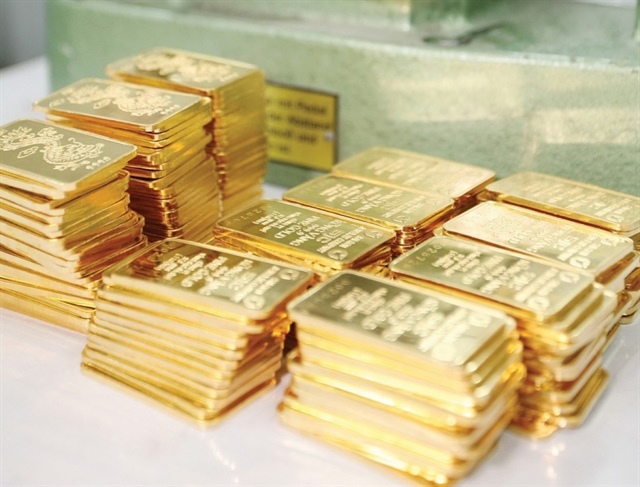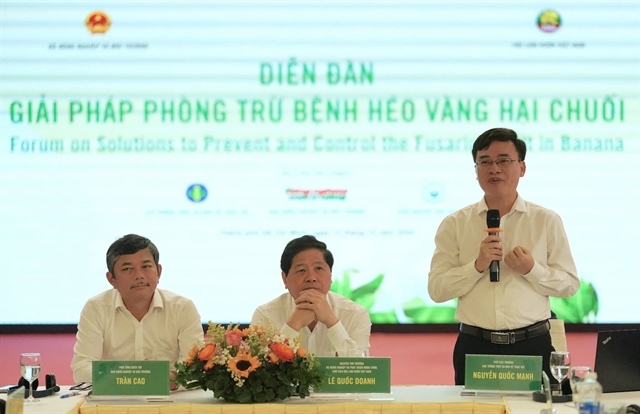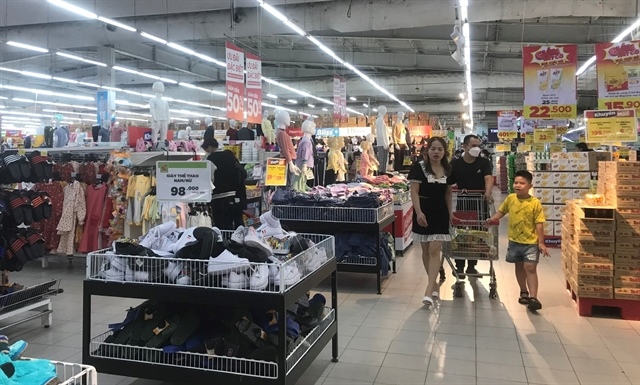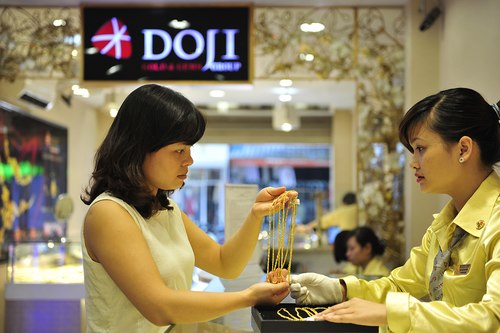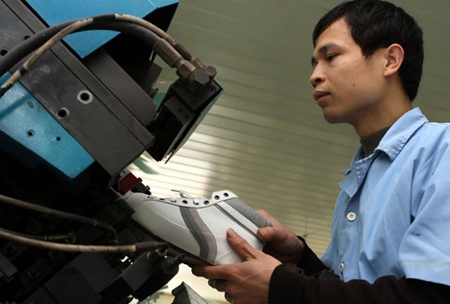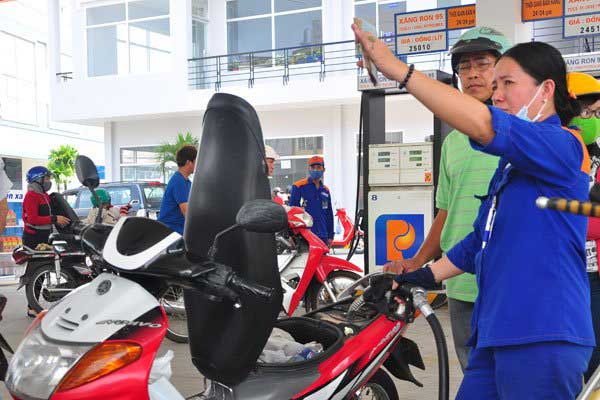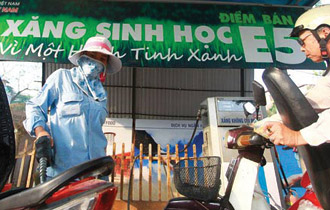China buys Vietnam’s rice in record amounts
China buys Vietnam’s rice in record amounts
Despite the escalating tensions in the East Sea, China is importing large quantities of Vietnamese rice. Opinions vary about China’s motivations in making the purchases.
Mot The Gioi has reported that numerous ships are docked at the ports in Can Tho and An Giang provinces, waiting for rice deliveries to carry back to China. The newspaper quoted its sources as saying that Chinese only buy high quality winter-spring rice, while refusing the lesser-valued summer-autumn rice.
Big orders from Chinese merchants have led to sharp price increases in the domestic rice market, ranging from VND400 to VND8,700 per kilo.
Truong Thanh Phong, an advisor to the Vietnam Food Association (VFA), has confirmed that rice is being transported to the border gates in large quantities, while the number of ships docking at the ports in the southern region has been increasing.
Notably, Phong also stated earlier in mid-June that Vietnam had no more winter-spring rice to sell. While exporters had reported having 1.2 million tons of winter-spring rice in their stocks, they in fact had had only 500,000 tons left.“The winter-spring rice is running out,” Phong said.
However, Phong reassured the public that the big rice exports to China would not affect Vietnam’s food security, because Vietnamese farmers are harvesting summer-autumn rice. Chinese are only interested in the higher quality winter-spring rice.
A Vietnamese rice exporter claimed that China is rushing to import rice at this moment because it needs food for its high population of 1.4 billion. It now buys rice not only from Vietnam, but from Myanmar and Pakistan across the border lines as well.
The exporter said that, in principle, China could also buy rice from Thailand, but it prefers Vietnam’s rice thanks to the simpler export-import procedures. In addition, the cross-border rice trade allows Chinese businessmen to save $50 per ton, because they don’t have to pay the tax imposed on the exports through official channels.
“China has been reliant on Vietnam as the major rice supply source,” he said.
However, some analysts take issue with the claim that lack of supply is the main factor driving China to increase its import volumes at this point in time.“There is something fishy in this case,” one analyst said.
“What will happen if China suddenly changes its tactics and stops buying Vietnam’s rice, something it has done with many other kinds of farm produce?” he questioned, adding that reliance on one export market, especially a market like China, cannot come to any good.
Nguyen Dinh Bich, a well-known rice expert from the Vietnam Trade Research Institute, said on Thoi bao Kinh te Saigon that he does not think China is buying so much rice because of any serious need for it.
Statistics released by Chinese institutions, reports by FAO (the Food and Agriculture Organization) and by the US Department of Agriculture have all indicated that the rice situation in China is quite good at this time.
The rice cultivation area in China by the end of 2013 had reached 30.4 million hectares, a 14-year record high. China also “saves up for rainy days”: of the 111.2 million tons the world stored in 2013, China alone accounted for 46.8 million tons.
Bich has also warned against Vietnamese exporters’ reliance on China as the biggest consumer, saying that it is really risky to “put all your eggs into one basket”.
vietnamnet


